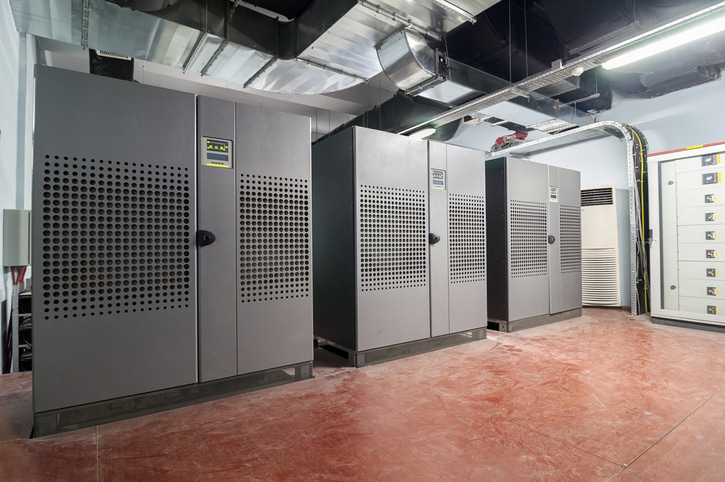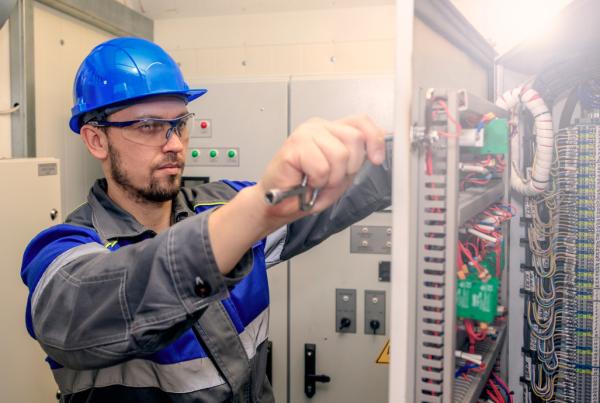Commercial building electricity requirements are much more intensive than residential buildings. Because of this, you need to provide them with the right protection systems. Additionally, even the slightest interruptions in servers and other critical equipment can result in significant losses.
Uninterruptible Power Supply systems have become a crucial element for commercial buildings to protect equipment and prevent data loss whenever there is an outage. However, when it comes to choosing the right system for your building, you will inevitably be faced with the question of a centralized vs. distributed UPS configuration.
Electrical contractors, such as Skyline Electric, conduct extensive surveys of commercial buildings when determining which one your building needs, considering factors such as the nature of electrical loads, number, and more.
So let’s review the two UPS deployment requirements.
Centralized vs. Distributed UPS for Commercial Buildings
Ease of Deployment
For most commercial buildings, you should give priority importance to the ease of deployment, or the time it takes and the costs involved.
Normally, installing a centralized UPS is easier if it is a small or medium size UPS. With larger 3-phase UPS systems, the level of complexity increases considerably. These require expert electrical contractors as you need to analyze the different electrical points and sources included in the system.
These complex systems also require routine maintenance, which will require external help, and that can make these systems relatively costly. However, these systems are much more robust and thorough.
In contrast, distributed UPS may be single-phase UPSs, which are much easier and cost-effective to install and maintain.
Reliability
Just like any other electrical system, a 3-phase UPS is more reliable than a single-phase system. It has a longer mean time between failures (MTBF) due to the redundancy features built in to the three-phase system. In that regard, the cost involved with the installation of the 3-phase centralized system is well worth it.
However, centralized UPS puts all of the loads on one line, risking almost all of those loads if the UPS gets overloaded.
Load Distribution
As mentioned above, centralized UPS systems usually place everything on a single line. If there is an issue, like an overload or short circuit, other equipment may also get damaged in the process. As the name suggests, a distributed UPS distributes the load over different lines.
While the central system is much more efficient and scalable, the setup requires a lot of room. The centralized UPS system may be suitable for a hospital or airport for its emergency lighting system. However, each surgical room, MRI machine, VIP lounges, and air traffic control room may need a dedicated UPS because these areas house elements critical to the continued and safe operation of these businesses.
The comparison given above shows that in the debate of centralized vs. distributed UPS, the answer often is “it depends.” You need to consider your specific requirements before making a final decision. However, analyzing these variables isn’t as easy as it might seem.
Because of the critical nature of this decision, you should contact our professional electrical contractors to conduct a survey and help you make a decision. There are other UPS options that commercial buildings can consider. Skyline Electric is ready to help you find the best UPS configuration for your facility today!




